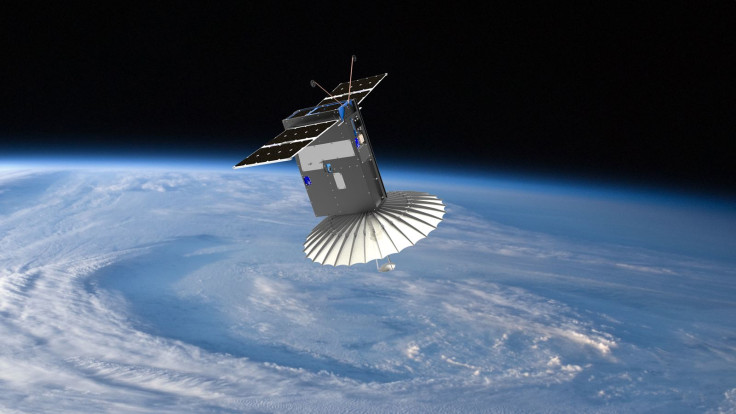NASA To Launch Small Satellites, CubeSats To Study Earth

NASA is increasing its focus on small satellites and will launch six of them in the coming months, the first of them scheduled for a November launch. The small size of the satellites helps keep development and launch costs down, providing an economical method for testing technologies and carrying out scientific studies.
The main purpose of the focus on small satellites, or CubeSats, is to “demonstrate innovative new approaches” to study objects like our own planet, as well as other bodies in space, according to NASA. The six planned launches over the next several months are all Earth-observing small satellites, ranging “in size from a loaf of bread to a small washing machine and weigh from a few to 400 pounds.”
CubeSats are light, cheap and small. NASA says they are measured in increments of 1U — the CubeSat unit, equal to a cube, which is 10 centimeters on all sides.
Michael Freilich, director of NASA’s Earth Science Division in Washington, said in a statement: “NASA is expanding small satellite technologies and using low-cost, small satellites, miniaturized instruments, and robust constellations to advance Earth science and provide societal benefit through applications.”
Four individual CubeSats are set for launch, the first being the Radiometer Assessment using Vertically Aligned Nanotubes, or RAVAN, which will make “essential measurements for understanding greenhouse gas effects on climate.” In spring 2017, two CubeSats will head to the International Space Station. IceCube will measure cloud ice while HARP, or the Hyper-Angular Rainbow Polarimeter, will measure airborne particles and the distribution of cloud droplet sizes in Earth’s atmosphere. The Microwave Radiometer Technology Acceleration (MiRaTA) mission, also scheduled for 2017, will collect data such as temperature, water vapor and cloud ice to allow for better weather forecasting and tracking storms.
There will also be two small-satellite constellations set for launch, the first in December. Eight identical satellites will fly in formation as part of the Cyclone, Global Navigation Satellite System (CYGNSS) to measure wind intensity over the ocean and provide insight into tropical cyclones. CYGNSS will launch on Dec. 12 from Cape Canaveral, Florida.
TROPICS – the Time-Resolved Observations of Precipitation structure and storm Intensity with a Constellation of Smallsats – is a constellation of 12 satellites. It will use instruments aboard MiRaTA to study the life cycles of individual storms.
RainCube, another recent development by NASA, is scheduled for a 2018 launch and features an innovative design that allows an antenna to be stuffed inside the 1.5U container. Designed to measure rain and snowfall, it will use frequencies on the Ka-band wavelength, which will allow for increased data transfer over long distances. This might allow CubeSats to be used at places beyond near-Earth orbits.

© Copyright IBTimes 2024. All rights reserved.











